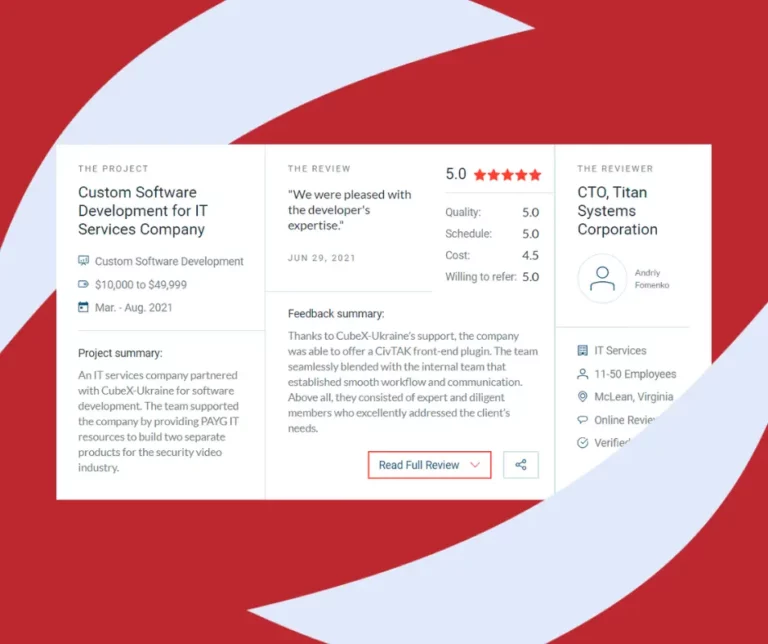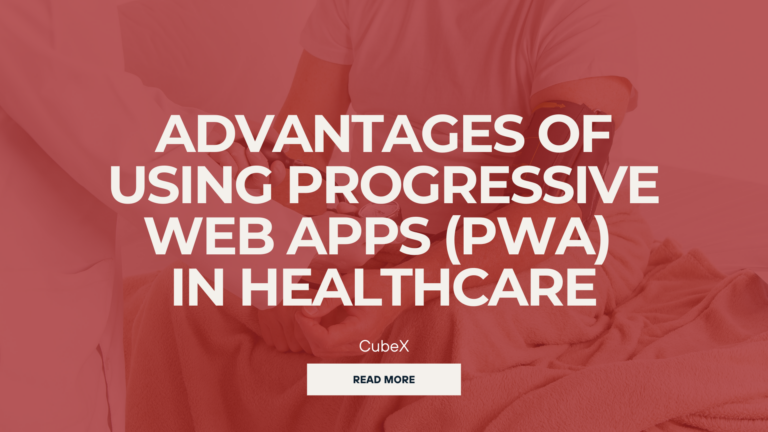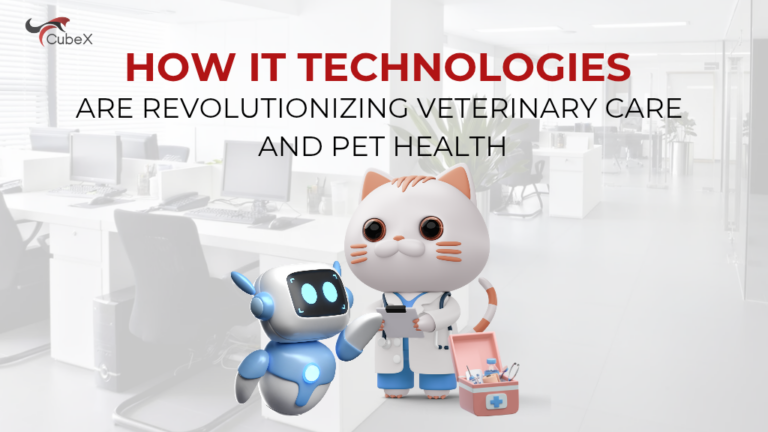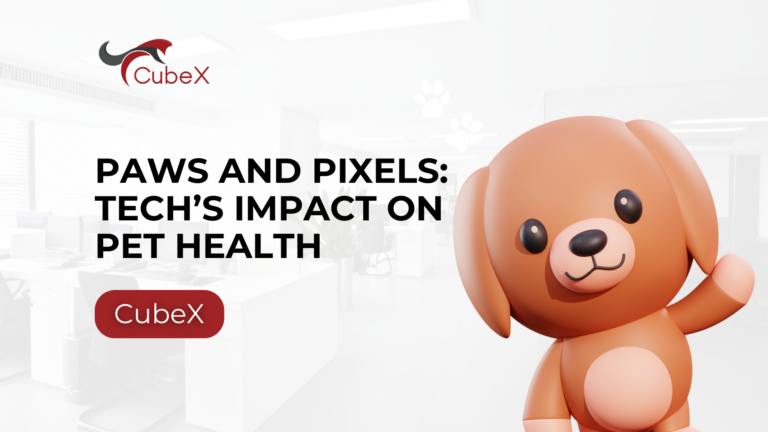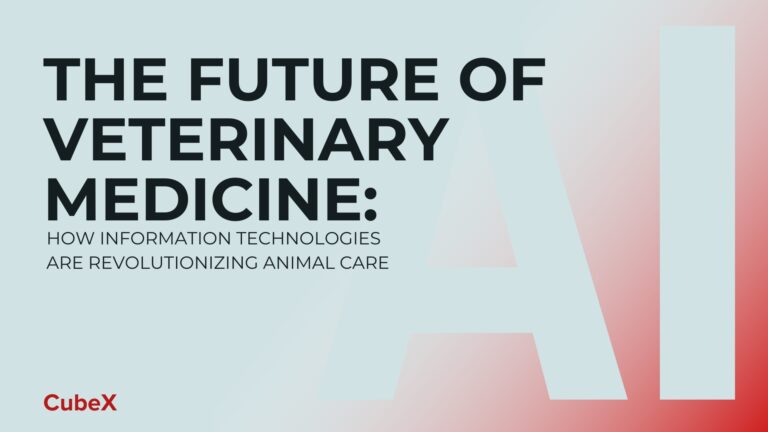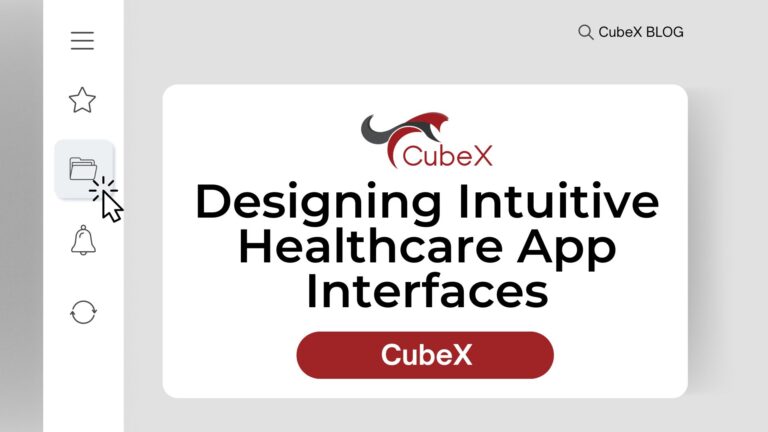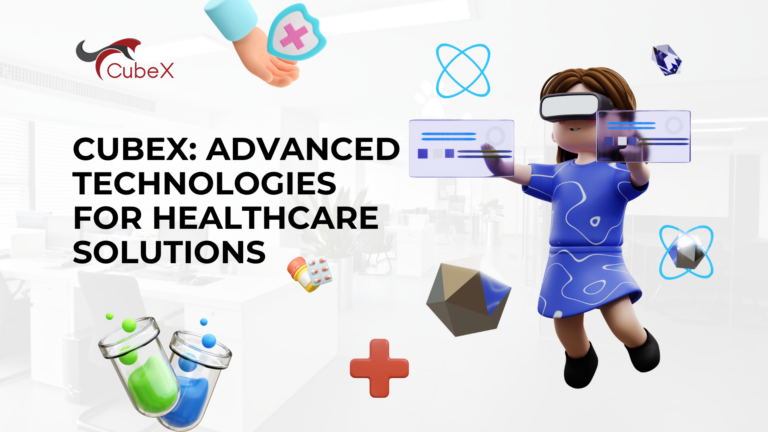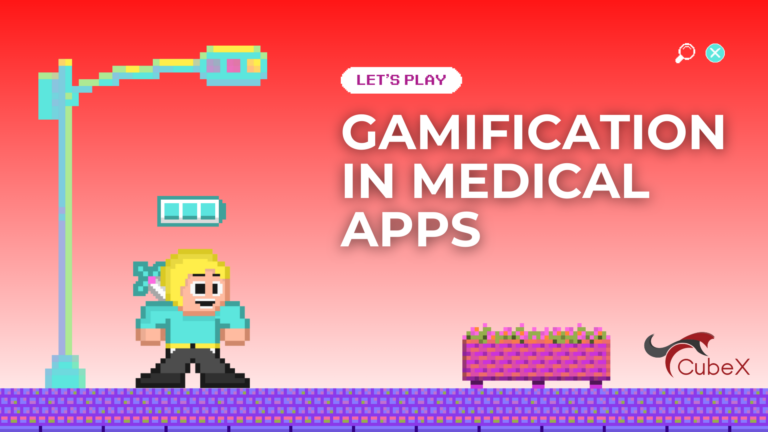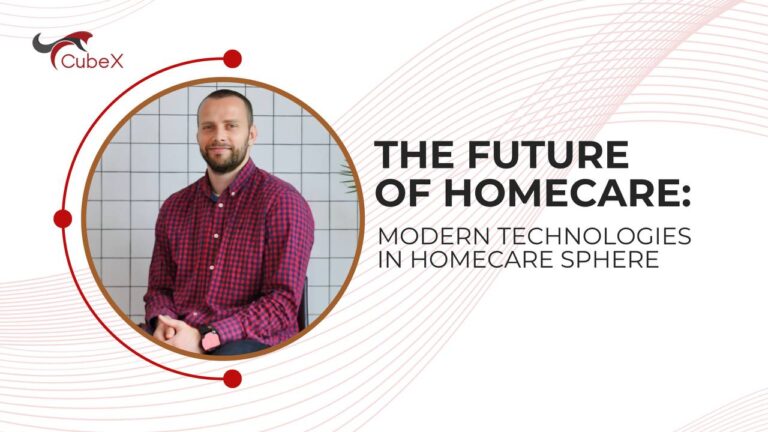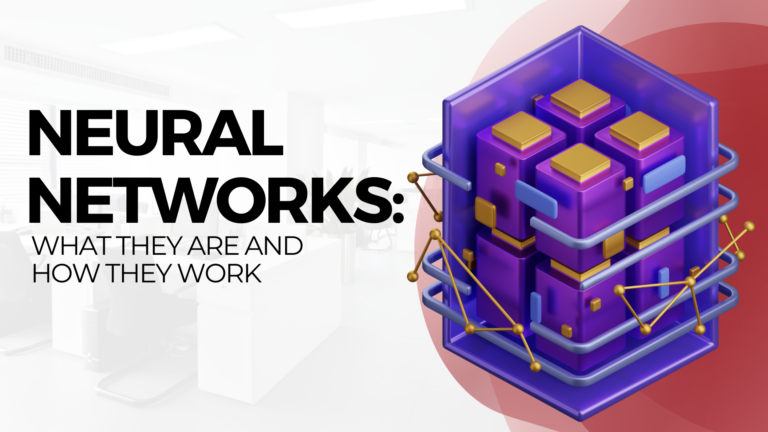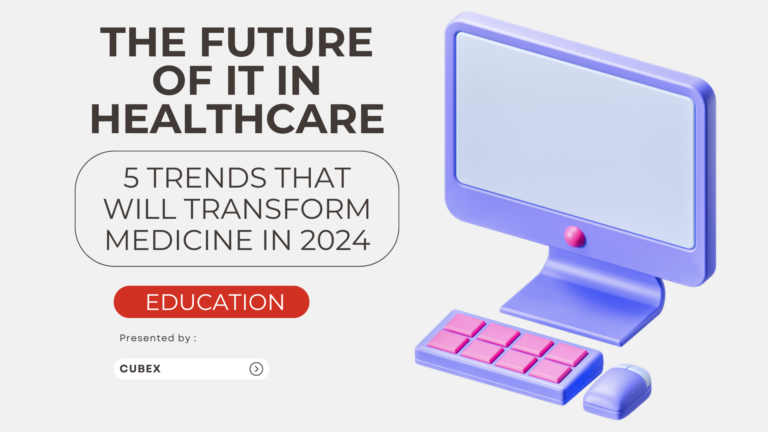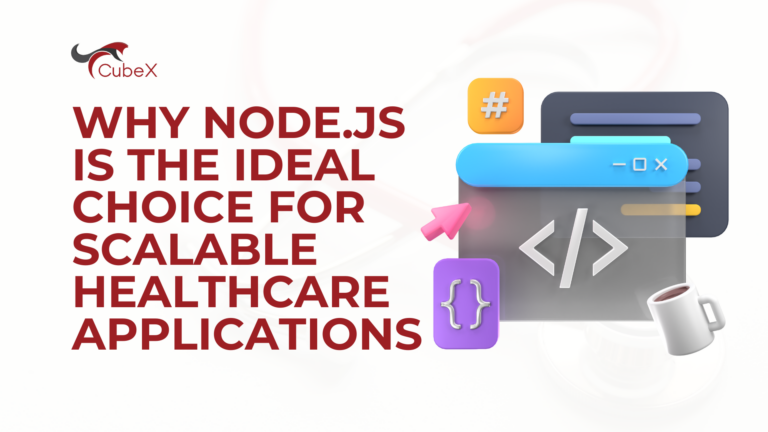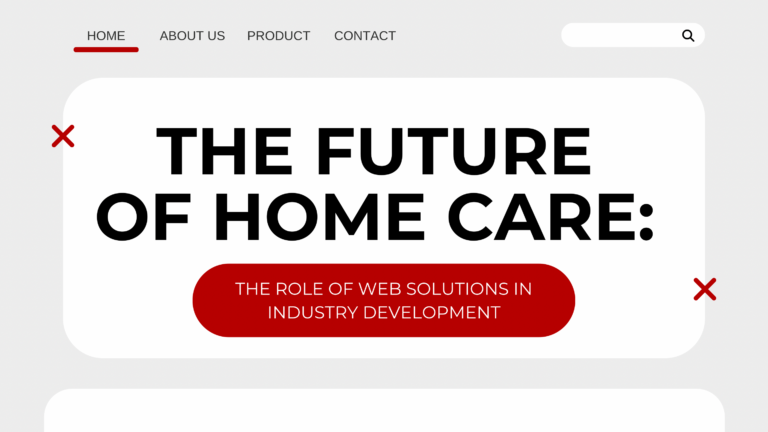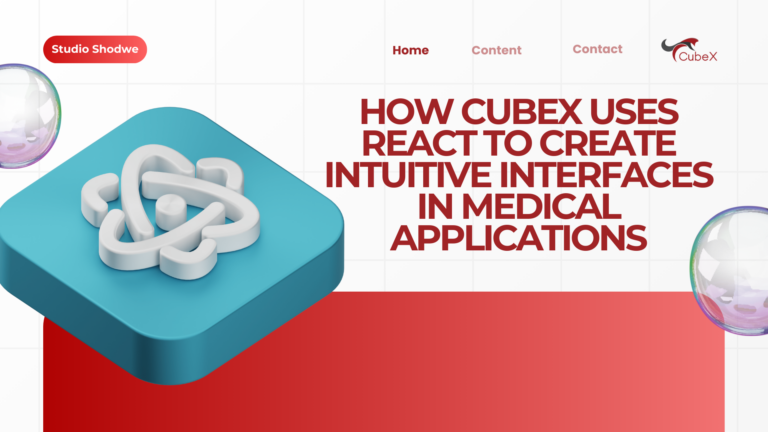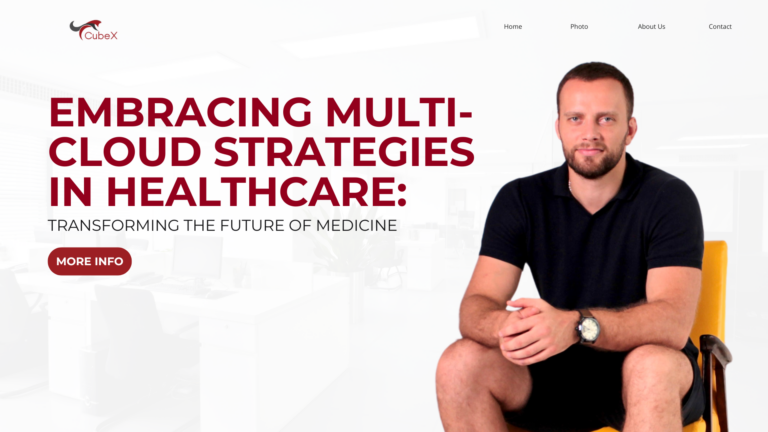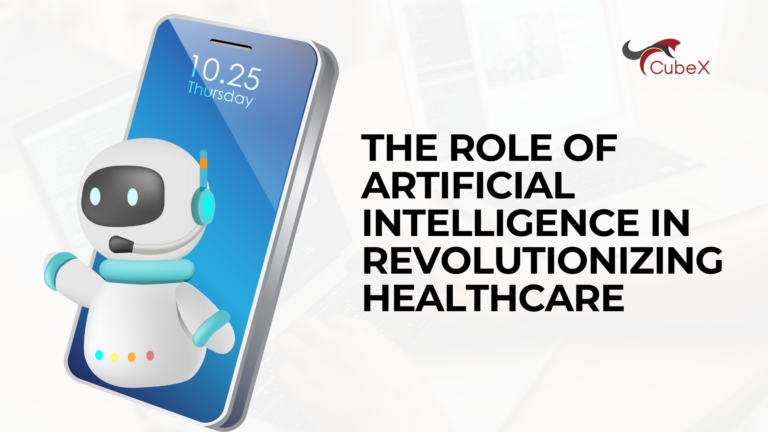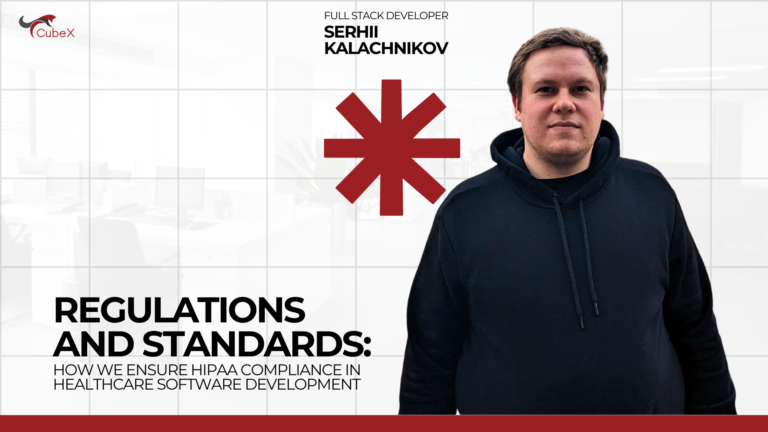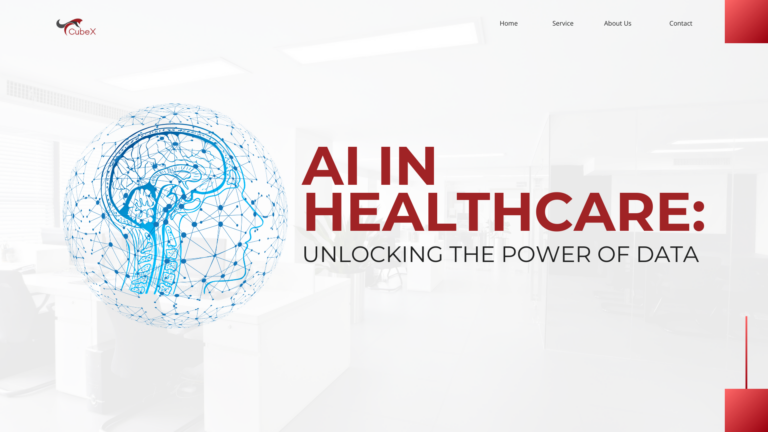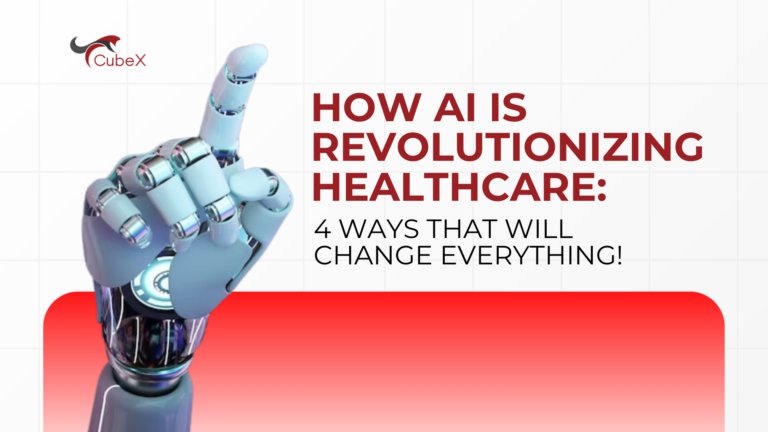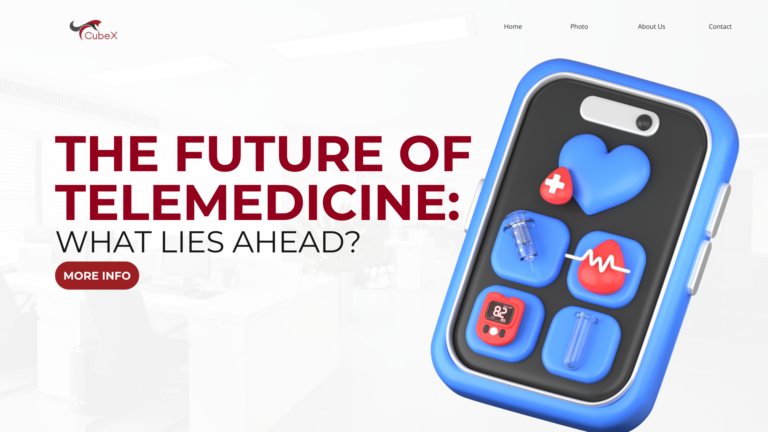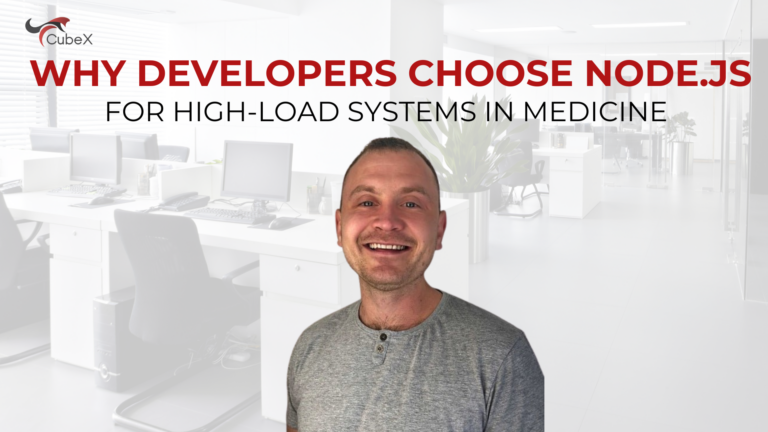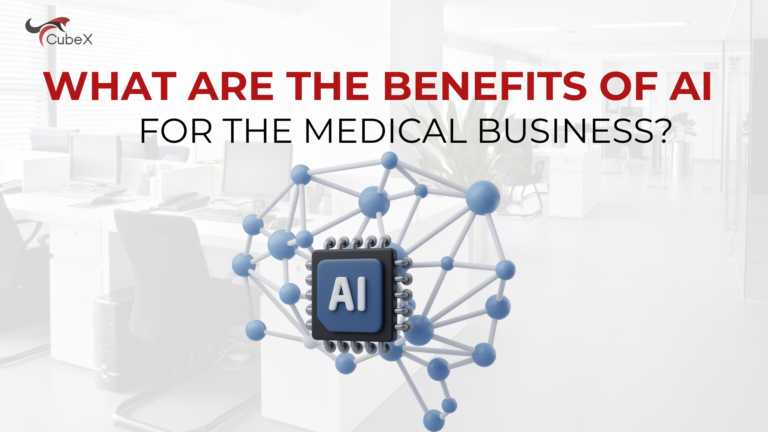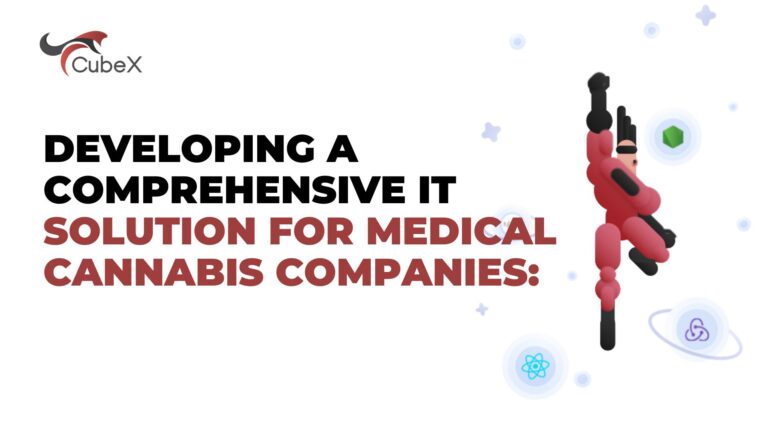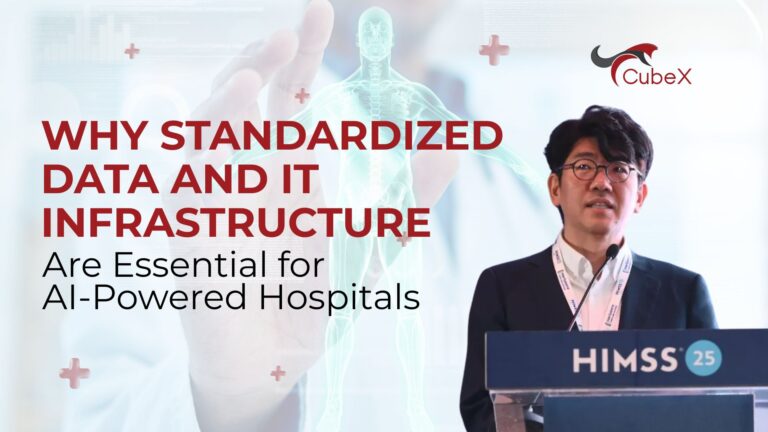Why Node.js is Ideal for High-Load Systems in Healthcare
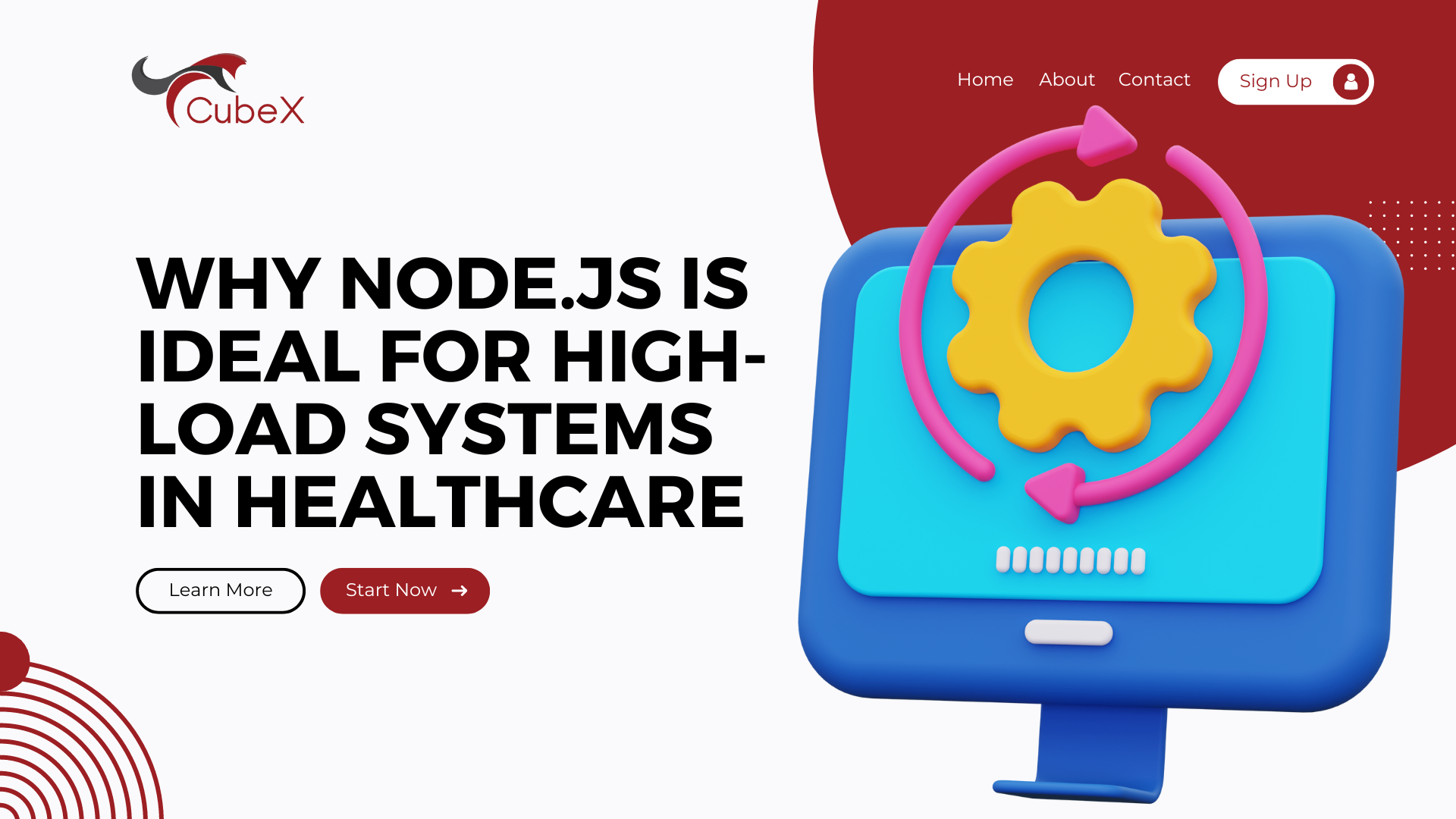
In modern healthcare, high-load systems that process vast amounts of data are a critical element of the digital infrastructure. These systems need to be not only high-performing but also secure, scalable, and flexible. Node.js has become one of the most popular tools for building applications with heavy loads, especially in mission-critical areas like healthcare. Let’s explore why Node.js is ideally suited for healthcare projects with a large number of users.
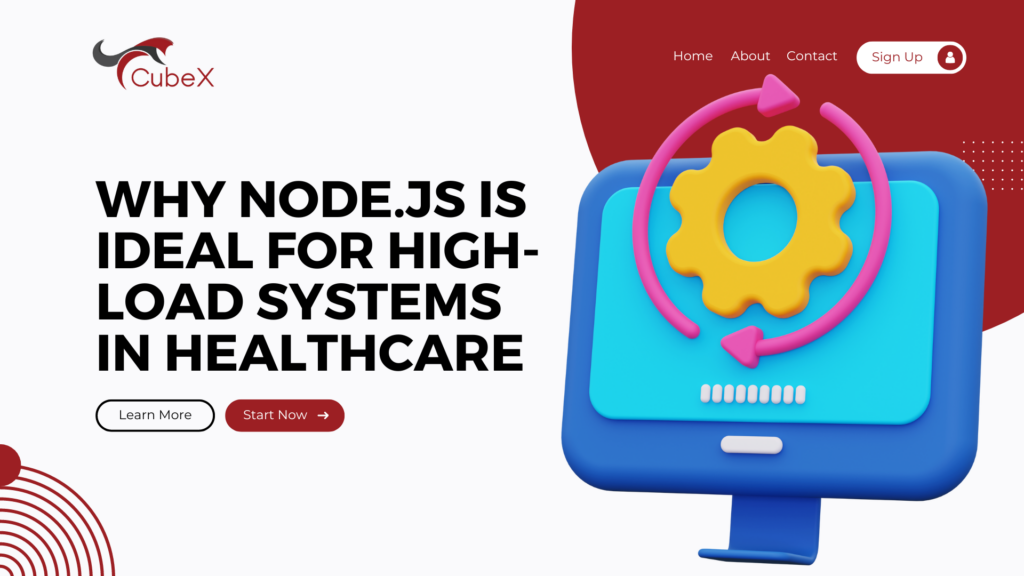
1. High Performance with Single-Threaded Architecture
One of the key reasons why Node.js is so popular for high-load systems is its asynchronous, single-threaded architecture. This allows it to efficiently handle multiple requests simultaneously without blocking the main execution thread. In healthcare systems, where numerous parallel requests are processed by different users (doctors, patients, administrators), this is a significant advantage.
A system built on Node.js can simultaneously process medical records, patient appointments, lab results, and various other operations without reducing overall application performance.
2. Scalability and Flexibility
Healthcare systems often need to adapt and grow quickly, for example, when adopting new technologies or increasing user numbers. Node.js is easily scalable through clustering, enabling efficient load distribution across processes and servers.
Horizontal scaling helps add new nodes to the infrastructure, which is particularly useful for growing healthcare systems. This can be critical for hospitals or clinics, where both the number of users and data volumes constantly increase.
3. Real-Time Functionality
Many healthcare applications require real-time operation. For instance, patient monitoring systems that collect and analyze data from medical devices (sensors, monitors) or telemedicine apps for video consultations with doctors. Node.jsexcels at handling such tasks due to its event-driven architecture, which allows it to process real-time data efficiently.
In healthcare, this can include displaying up-to-date patient data in a doctor’s interface or automatically notifying medical staff of critical changes in patient status.
4. Resource Efficiency and Improved Performance
Many medical institutions and startups face budget and resource constraints. Using Node.js allows for optimized infrastructure costs, as Node.js servers require fewer resources than other server-side technologies. This is achieved through asynchronous request handling and its single-threaded model, which avoids overloading the server with multiple concurrent connections.
Additionally, low latency in request processing and the high speed of JavaScript execution inside Node.js make it an ideal choice for high-load healthcare systems.
5. Large Ecosystem of Modules and JavaScript Support
Node.js has a vast ecosystem of packages and libraries (npm) that can be leveraged to accelerate healthcare application development. There are ready-made solutions for working with databases, API integration, and ensuring security—critical for healthcare.
Moreover, developers can use the same language—JavaScript—both for the frontend (e.g., with React) and the backend (Node.js), which speeds up development and reduces the likelihood of errors when passing data between application layers.
6. Security and Compliance with Standards
In healthcare, ensuring patient data security is critical, requiring compliance with standards like HIPAA (Health Insurance Portability and Accountability Act) in the United States. Node.js offers a wide range of tools and libraries for data encryption, session management, and authentication, making it a good choice for building applications that meet these strict requirements.
There are ready-made solutions for secure data transmission and protection against attacks like SQL injections, cross-site scripting (XSS), and other vulnerabilities, which are especially important for healthcare systems.
7. Support for Microservices Architecture
For complex healthcare systems that require the integration of various services (electronic medical records, laboratory systems, patient monitoring systems), a microservices architecture is the ideal choice. Node.js works well in a microservices environment, allowing independent deployment and scaling of different system modules.
Using microservices, you can isolate functional components such as patient data processing, appointment scheduling, or lab integration, which improves the system’s fault tolerance.
8. Cloud Integration
Many healthcare systems are increasingly moving to the cloud to improve data availability and security. Node.js easily integrates with popular cloud platforms such as AWS, Microsoft Azure, and Google Cloud. This allows developers to create flexible and scalable cloud applications capable of handling large data volumes and providing access to them from anywhere.
Cloud solutions enable medical institutions to store patient data in a secure environment and scale system capacity as needed.
Conclusion
Node.js has become a powerful tool for building high-load systems in healthcare due to its performance, scalability, real-time capabilities, and security. In a world where data processing speed and reliability are critical, Node.js ensures that medical applications with large numbers of users and vast data volumes operate smoothly.
If you’re planning to develop or modernize a healthcare system, Node.js could be an excellent choice for your project, providing high performance, security, and flexibility to meet the current and future needs of your business.
Contact Us
Please contact us for any further information







